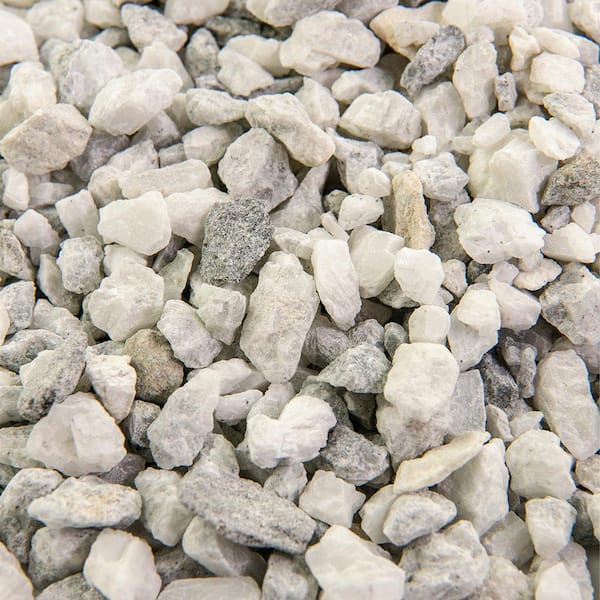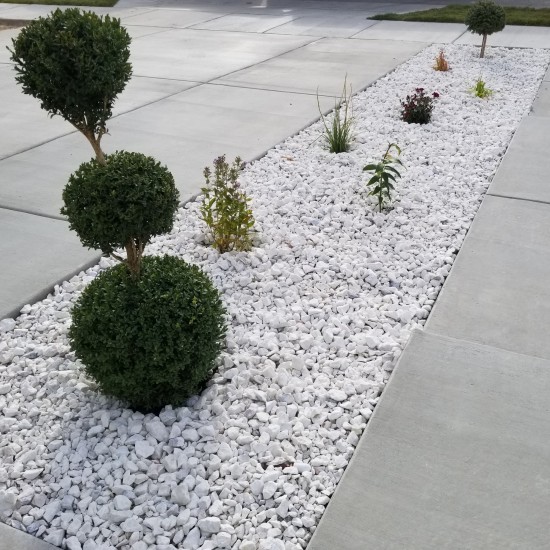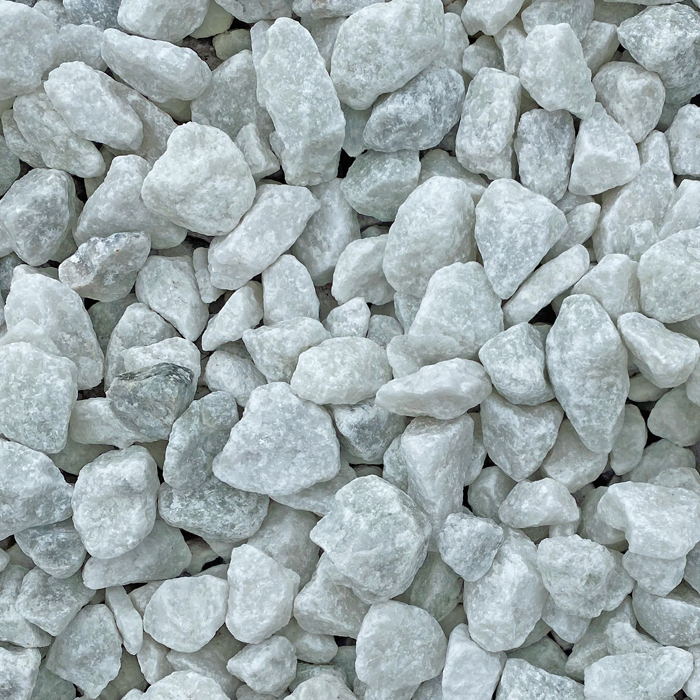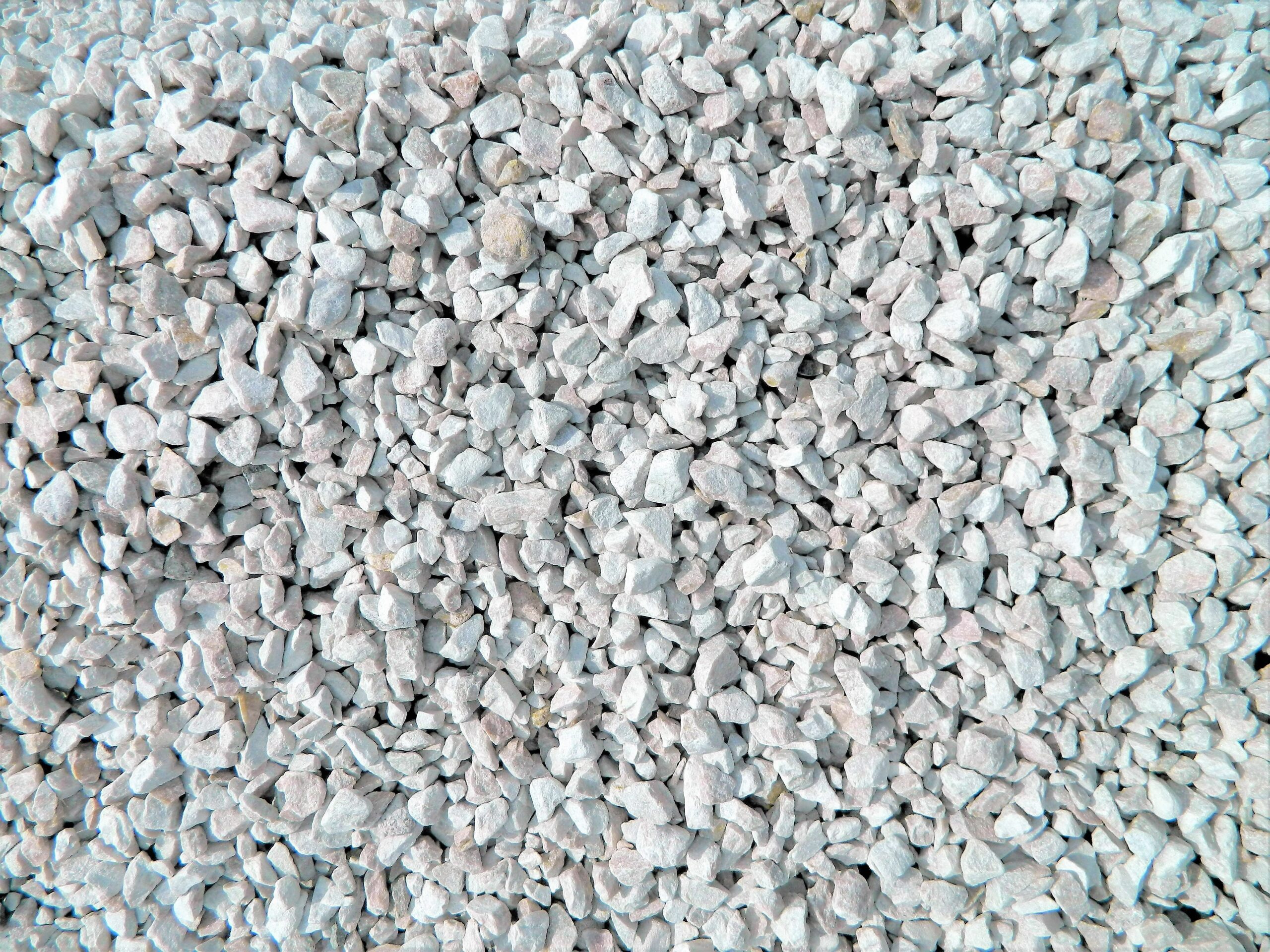White decorative rock is more than just a functional element in landscaping; it’s a transformative addition that adds style, elegance, and a modern touch to any outdoor or indoor space. I remember the first time I used white decorative rock in my garden; it felt like the final touch that brought my vision to life. In this article, I’ll share everything you need to know about white decorative rock, from types and uses to pros and cons, making it easy for you to enhance your surroundings.
What is White Decorative Rock?
White decorative rock is a type of gravel or stone used primarily for landscaping, gardening, and decorative purposes. It varies in size and shape, providing multiple design options for both residential and commercial spaces. The brightness of the rock can create striking contrasts with green plants, adding vibrancy to any landscape.
Types of White Decorative Rock
Before diving into the uses and benefits of white decorative rock, it’s essential to know the various types available in the market.
1. Crushed Marble
Crushed marble is a popular choice due to its elegant appearance and smooth texture. Its reflective properties can make landscapes look more spacious and bright.
2. White River Rock
These are smooth, rounded stones that add a natural look to your garden. They are perfect for creating pathways or as a base for water features.
3. White Pebbles
Small white pebbles are excellent for container gardens and flower beds. They provide excellent drainage and complement plants beautifully.

4. White Quartz
White quartz is a hard and durable stone that can withstand weather changes. Its sparkling appearance adds an extra dimension to any landscape project.
Uses of White Decorative Rock
White decorative rock is incredibly versatile and can be used in various applications.

1. Landscaping
White decorative rock can serve as a mulch alternative, preventing weed growth while offering aesthetic appeal. It’s perfect for pathways, driveways, and flower beds.
2. Water Features
Using white stones around fountains and ponds enhances the natural beauty of water features. The color contrast with water creates a calming atmosphere.

3. Indoor Decor
White decorative rock isn’t just for outdoors. It can also be used in indoor pots, terrariums, and as decorative accents in vases.
4. Erosion Control
In sloped areas, white decorative rock can help control erosion while adding beauty to the landscape.

Benefits of Using White Decorative Rock
The reasons for using white decorative rock extend beyond merely visual appeal. Here are some benefits:
1. Aesthetic Appeal
The bright white color can enhance the look of any garden or outdoor area, providing a clean, crisp contrast against greenery.

2. Low Maintenance
Unlike traditional mulch, decorative rocks do not decompose, making them a long-lasting solution that requires minimal maintenance.
3. Versatility
White decorative rock can be used in various applications, from landscaping to indoor decor, allowing for creative design possibilities.

4. Eco-Friendly
Using natural stones is an eco-friendly choice compared to synthetic alternatives that may not decompose.
Comparing Different Types of White Decorative Rock
| Type | Appearance | Size | Use Cases | Price Range |
|---|---|---|---|---|
| Crushed Marble | Elegant, smooth | 1/4″ to 1/2″ | Landscaping, pathways | $$$ |
| White River Rock | Smooth, rounded | 1″ to 3″ | Water features, pathways | $$ |
| White Pebbles | Small, decorative | 1/4″ to 1/2″ | Container gardens, pathways | $ |
| White Quartz | Sparkling | 1/2″ to 1″ | Landscaping, drainage | $$$ |

Pros and Cons of White Decorative Rock
Like any landscaping material, white decorative rock has its pros and cons. Here’s a comprehensive look:
Pros
- Enhances aesthetic appeal
- Low maintenance and long-lasting
- Eco-friendly option
- Available in various types and sizes
Cons
- Can be more expensive than mulch
- May retain heat in hot climates
- Heavy and may require source equipment for installation
- Can become dirty and may require rinsing
Choosing the Right White Decorative Rock for Your Project
When selecting the right decorative rock, consider the following factors:
1. Purpose
Determine where and how you plan to use the rock. For pathways, choose larger stones, while smaller pebbles may be better for containers.
2. Size
Different sizes serve different purposes. Larger stones can create a bolder effect, while smaller rocks may be better for intricate designs.
3. Color Variations
Even within white decorative rock, variations exist. Some stones may have slight gray or cream tones, which can affect the overall look.
4. Budget
Consider how much you’re willing to spend. Prices can vary significantly based on the type and size of the rock.
Tips for Installing White Decorative Rock
Once you’ve decided on the type of white decorative rock for your project, it’s important to install it correctly. Here are my top tips:
1. Prepare the Area
Clear the area of weeds and debris. Use landscaping fabric to prevent weed growth while allowing water to drain.
2. Create a Barrier
If you’re using the rock in a pathway or border, consider creating a barrier with wood or metal edging to keep the rocks in place.
3. Spread Evenly
Spread the rock evenly across the desired area, using a rake to achieve a smooth, uniform appearance.
4. Watering the Area
Lightly irrigate the area after installing the rock. This helps to settle the stones and keep dust down.
FAQs About White Decorative Rock
What is the best type of white decorative rock for landscaping?
The best type depends on your specific needs. Crushed marble is excellent for a polished look, while white river rock works well for natural settings.
How do I clean white decorative rock?
For routine cleaning, use a garden hose to rinse the rocks. For stains, a mixture of vinegar and water can help remove dirt and grime.
Can white decorative rock be used in aquariums?
Yes, but make sure the rock is safe for aquatic life. It’s recommended to rinse the stones thoroughly before adding them to an aquarium.
Is white decorative rock suitable for play areas?
Yes, as long as the size of the rock is appropriate for the age group. Larger rocks may pose a hazard for younger children.
Conclusion
White decorative rock is a versatile and aesthetically pleasing choice for landscaping and decor. With proper planning and installation, it can transform any space into a stunning visual experience. Whether you’re creating a serene garden or an eye-catching indoor display, white decorative rock can certainly enhance your surroundings.
So, why not give it a try? From my experience, the time and investment you put into selecting the right decorative rock will pay off in the beauty and elegance it brings to your space.